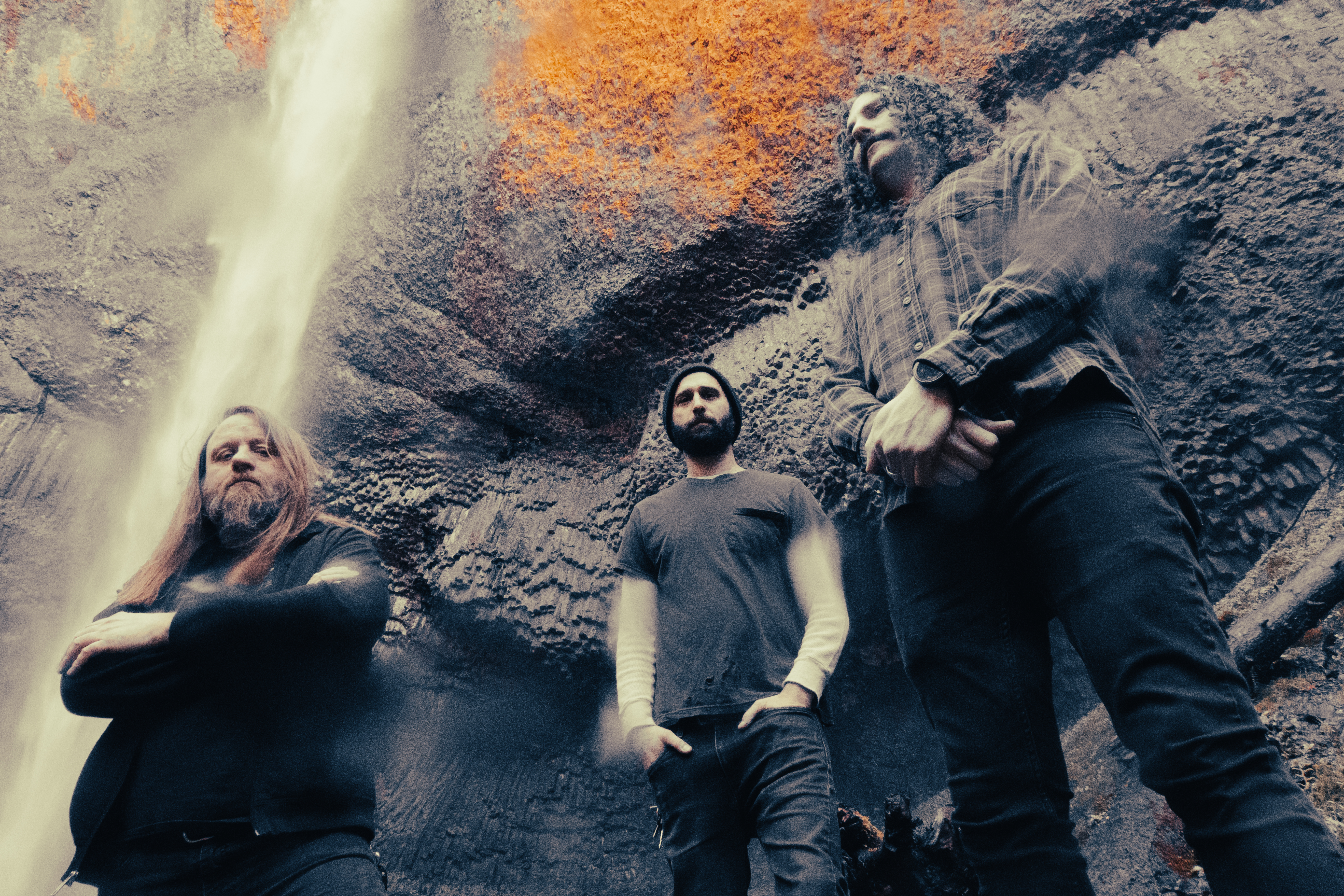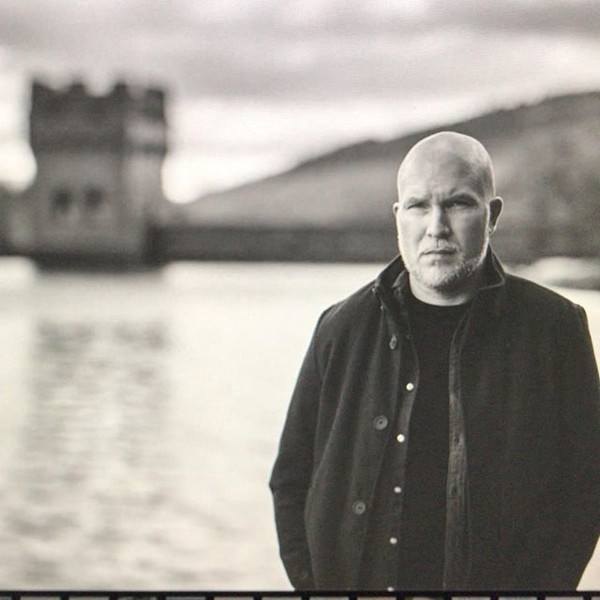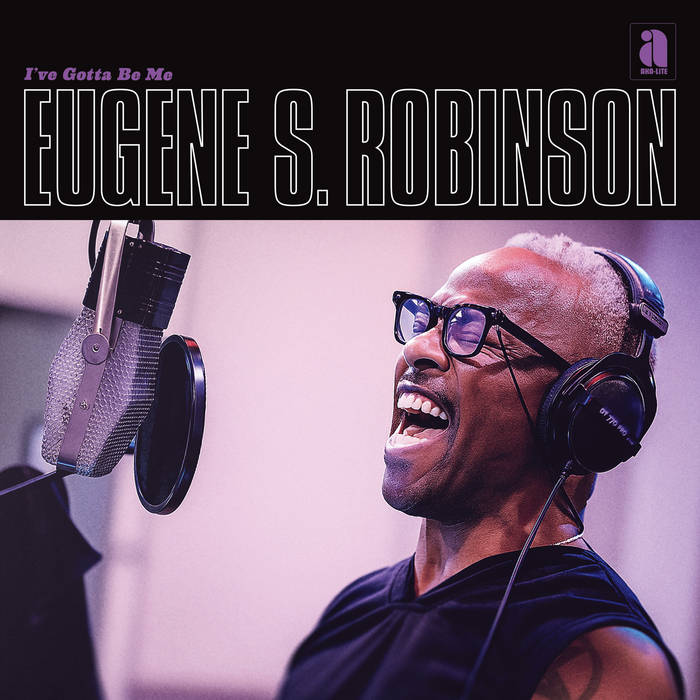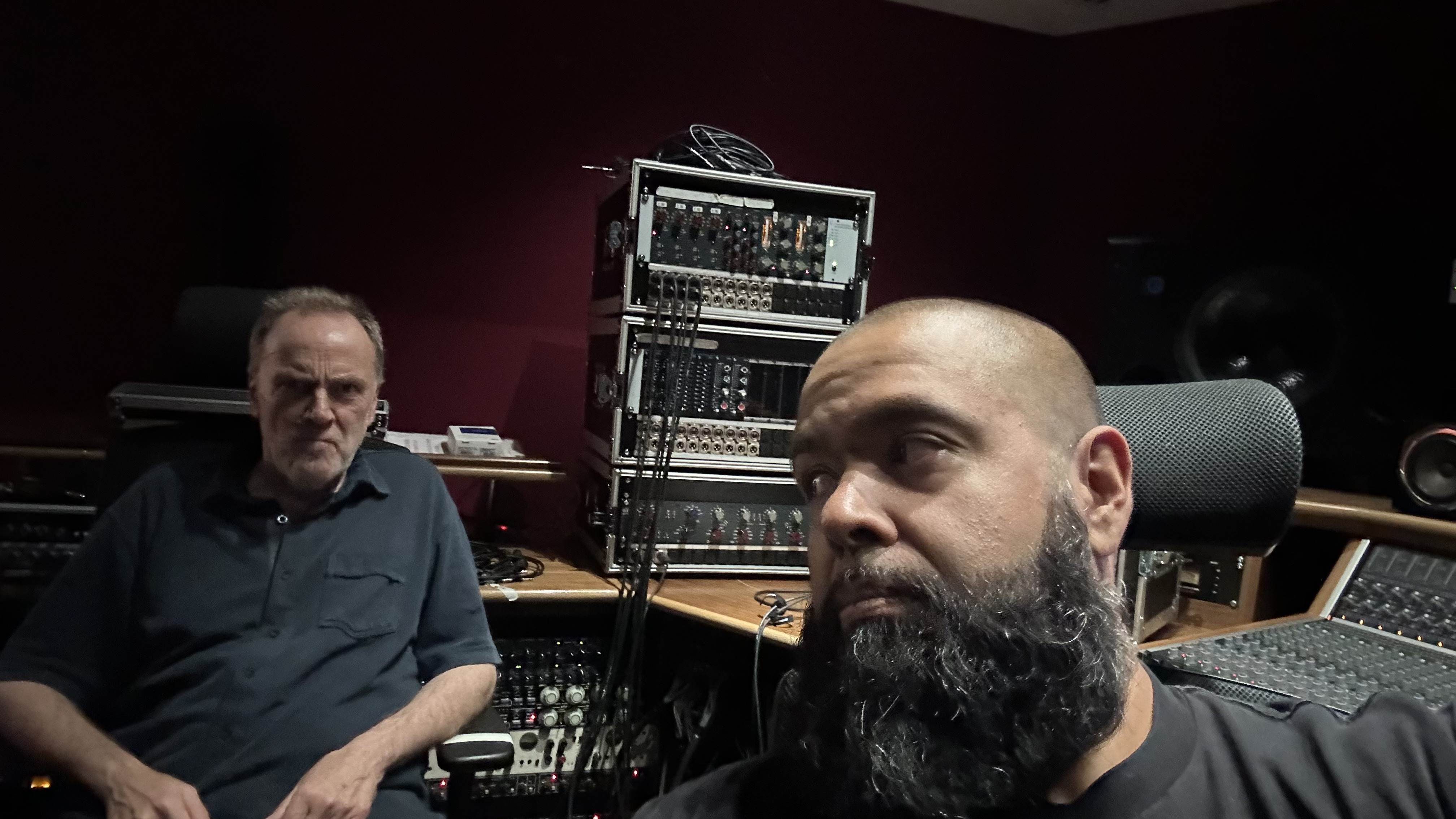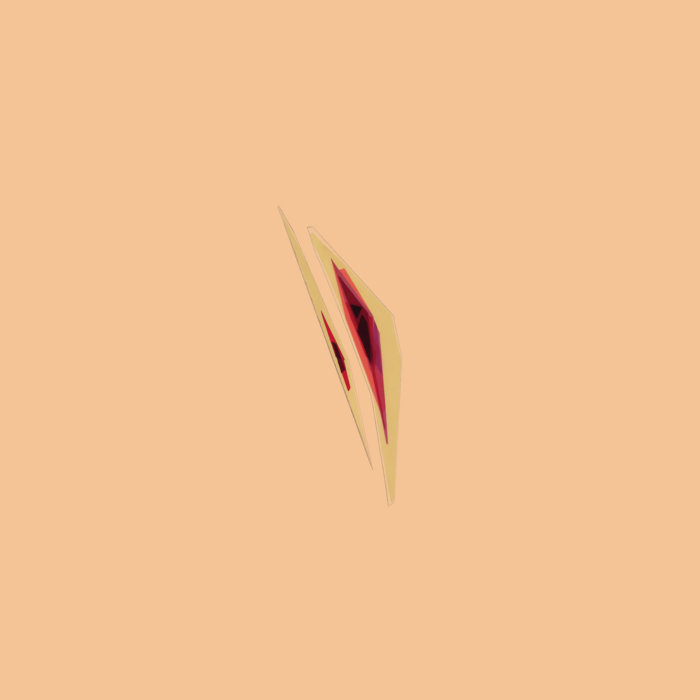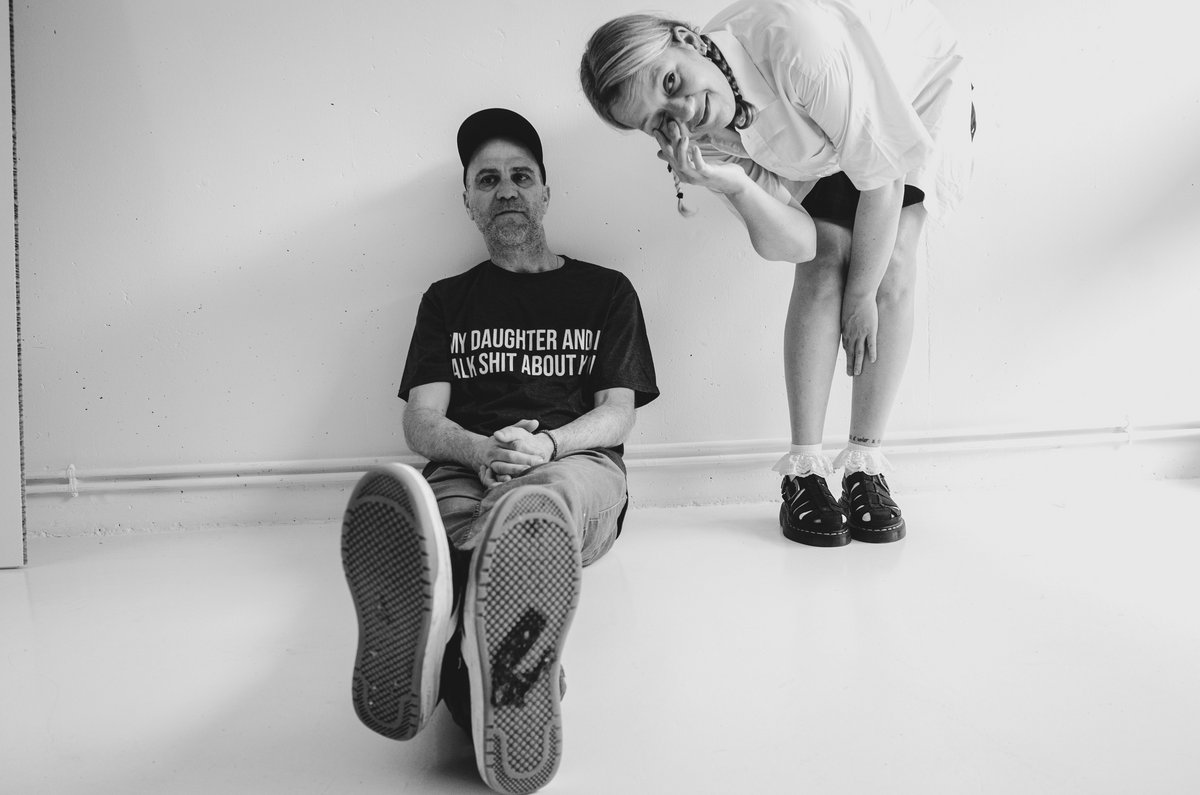Sweeping and weeping distorted guitars, powerful and versatile growls, and grandiose orchestration: The formula for an immaculate album.
This sixty-minute-long album is, for the time being, only available via Bandcamp. The creative brains behind the band are the Australians Sesca Scaarba (Virgin Black) on guitars and vocalist Xen (ex-Ne Obliviscaris). They are joined by session musicians Waltteri Väyrynen (Opeth) on drums and My Dying Bride´s bassist Lena Abé. It is a formidable line-up and they have created an album that will be a milestone for years to come.
Besides handling the impressive guitars, Scaarba has also orchestrated the music. It’s done breath-takingly so that the album seems to be orchestrated throughout in line with the demands of symphonic music without being Symphonic Black Metal. It is far from that, with the album´s gloomy sonics conveying agony, despair, and woe. Xen´s versatile vocals seem able to handle every aspect of the “growls spectrum” from powerful growls via desperate shrieks to agonizing croaks. It is like an opera singer carrying the weight of the massive sombre sonics, infusing it with intensive sentimental emotions.
“Myroblysiia“ opens the album with shivering strumming from the electric guitar accompanied by warm piano chords. It flows forward with subtle changes until monolithic Funeral Doom Metal is cascading around you. Slow, elongated, gloomy riffs on the piano, slow-paced hard hits on the drums, and a stream of somber sounds from synths unfold a veil of sound above the dismal sonics, with lengthy bass underneath it all. Then the impressive deep growl from the vocalist enters the soundscape with the lines, “My internal collapse - dare to stand / Open the mouths, chasms of the forebear’s corpse / The taste of our mother’s flesh, the fading chorus / Embodied the motionless who pause to exhale.” The bleak and at the same time calm soundscape is complete. The music fluctuates and flows slowly into new parts with wide, somber synths and sounds of cellos, tightening and heaving. Toward the end, it reaches a faster pace from the drum and bass as the synths, cellos, and guitar swell to meet desperate croaking growls and bulges like a big wave that eventually crashes, echoing against steep cliffs, where life ends - only echoes of it are left.
“Weep of all white / Weighted faces of misery / Weep of all white / As the rivers run - of dying / swans contorting to ruin” are the opening lines of “Glaciial“ sung by hollow and expansive growls accompanied by swelling riffs and synths dripping of desolate despair. There is thundering drumming in this song and chugging guitars. And a long stretch of music flowing heavily forward with dissonant spells. Synths emerge and the music is glissading forward with light and dark sounds, like a cello before an immense distorted guitar begins to riff, and wonderfully dark, melodic tremolo sounds. The passage, with desperate hoarse and croaking growls, begins to surge with lamenting and melodic growls. In a part of the 17-minute-long epos, synths slide in sounding like many violins until slow riffs and a slow rhythm section takes over conducting a funeral march until surging in agony to meet the massive growls as the agonized guitars swirl around the vocals. The bass is thumbing at the bottom, and the drums hold the slow pace while using the whole drum set. The surge, the yearning, and the agony that emanate from the music towards the end are extremely moving and stirringly touching.
Another fabulous feature of the orchestration of the album is the sound of a male choir opening “Oubliiette“, with vocals accompanied by gloomy synths that merge with a rising distorted guitar. The latter turns to tremolo mode, the pace picks up, and while the riffing guitar and growls keep an unrushed tempo, the bass drum shifts to blast beats as the growls become desperate howls. The music simmers down, and the choir is back with somber and melodic humming and vocalizing, accompanied by woeful cellos. Glimpses of light emerge as a glissading distorted guitar begins to play a melancholic melodic theme, and the sonics heave and embrace the theme with slow-moving dense music flowing forward, immersing the despairing growls. It slowly rises to a cascading crescendo that ebbs out with sounds of cellos.
The closer “Wriithe“ comes with elongated riffs that form a theme as the dense and profuse sounds drift by with a sense of reflective grief and desolation. The vocal swells into the dense flow, and the music becomes slightly dissonant as it wriggles slowly forward. It is truly monolithic music where the distorted guitar, synths, bass, drums, and vocals are conducted like a swelling symphonic orchestra. In the song, the guitar melodies expand, lifting the sounds until they spread out to embrace desperate growls before the synths embrace weeping high-pitched guitar emerging from the dense sonics stretching far beyond the somber darkness of the Funeral Doom music right until the end.
The cover of the album gives an extra dimension to the music if you know the story behind it. It is a self-portrait by the Norwegian photographic artist Lene Marie Fossen taken at a leprosy hospital in Greece. It is part of a series of photos where this strong and visionary photographer documented her suffering and physical decline from anorexia up to her death in October 2019. Fossen said, “I’m primarily an artist, and then I’m sick. My work is not about eating disorders. It’s about human suffering.”
Thus, this album can also be interpreted as a sublime elegy to Fossen’s life and suffering, a musical epitaph and eulogy for a struggling yet strong person. A requiem for all who suffer from this terrible disease.




